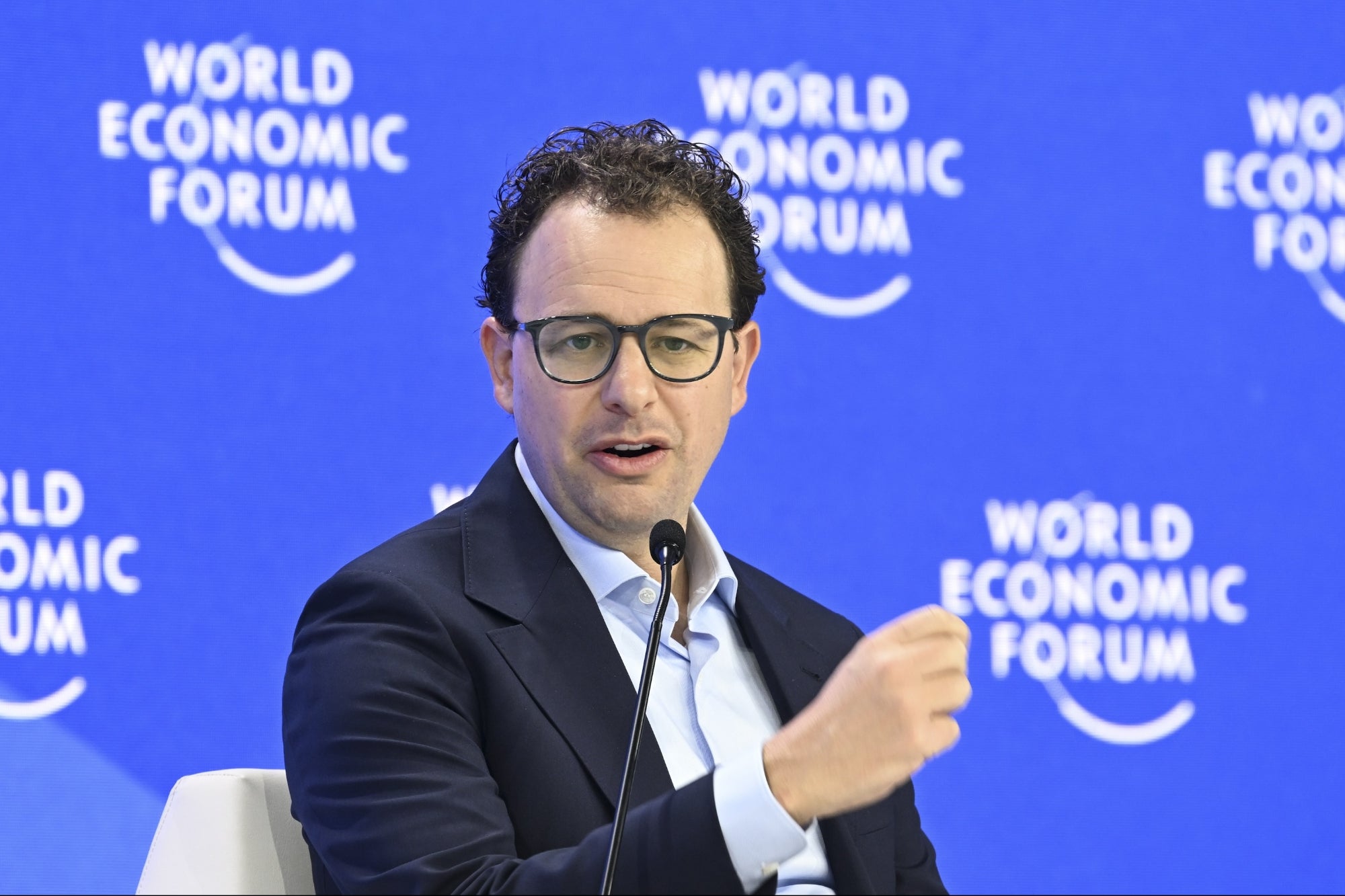3 Mistakes That Will Tank Your Marketing Strategy -- And How to Fix Them Brands are spreading themselves thin, diluting their efforts. Here's how to avoid that mistake at your business.
By Peter Daisyme Edited by Dan Bova
Opinions expressed by BIZ Experiences contributors are their own.

With so many platforms, channels, audiences and messages to consider, creating a successful marketing strategy can be overwhelming. In fact, the challenges surrounding marketing-strategy development can become so daunting that companies repeat their mistakes.
Related: 10 Marketing Strategies to Fuel Your Business Growth
Earlier this year, MarTech Today noted that there are more than 5,000 platforms available to help businesses achieve their marketing goal; no wonder only 9 percent of marketers can manage to focus on just one. The upshot is that brands are continuing to spread themselves thin, diluting their efforts in a quest to execute a marketing strategy that will put them in front of their target audience.
But that's not the only way marketing strategies get ridden off the rails. Businesses also make these three common mistakes as they try to increase their share of the market and see a strong return on their investment.
1. Giving data short shrift
In the rush to develop a marketing strategy and roll it out, many growing businesses fail to allow enough time to do in-depth research -- despite the fact that data underpins everything that follows. "The greater and more widespread amounts of data available at companies' disposal opens new opportunities, and challenges, for marketers to learn about their consumers and produce leads," Dashmote's Hannah Park explained in her blog.
That's why it's vital that companies not limit themselves when it comes to data. For instance, Gauss & Neumann, an SEM consulting firm, sees each keyword used as another opportunity to collect additional data to help find a new audience for any given brand it works with. The company's staff of Ph.D.s developed MASK technology, which stands for "massive array of structured keywords," to grow each client's search engine marketing accounts to millions rather than thousands of keywords.
Rushing through data collection can cause companies to miss valuable insights or reach incorrect conclusions, particularly when they're determining individual customer needs. To combat a lack of data, brands should do both primary research, such as conducting customer interviews and surveys, and secondary research, such as studying market reports and articles.
Incorporating analytics is key, too. Analytics can enhance a brand's personalization efforts, which McKinsey & Company has found can boost revenue by up to 15 percent and cut customer-acquisition costs in half.
2. Failing to communicate a unique selling proposition.
Joining together the various strands of a brand's marketing strategy should be a single statement that defines how the company is different from its competitors.
This unique selling proposition (USP) helps consumers quickly distinguish among brands and determine which are likeliest to fulfill their needs. Woven throughout a company's messaging, this USP becomes the central thread of campaigns of all stripes. Growth Business noted that a USP can help articulate and clarify a brand's mission, which is particularly critical in an era when search engines make it absurdly easy to compare products on the basis of features and price.
As brands develop their USP, they need to ask, "Why do people choose us?" One running shoe brand may drive business on the basis of its shoes' longevity; another brand may capitalize on its customization options.
Knowing that the former is likely serving budget-conscious consumers looking for endurance, while the latter is targeting shoppers who are more interested in looks and brand recognition, will help each company go after its niche within the marketplace. Getting this right is important: ClickZ reported that a single test on a company's unique value proposition boosted the company's conversion rate by nearly 34 percent.
3. Chasing after new customers while neglecting current ones.
As the Harvard Business Review has pointed out, multiple studies have found that keeping a customer is between five and 25 times cheaper than acquiring a new one. Bain & Company has concluded that increasing customer retention results in a corresponding boost to revenue.
Despite this finding, most marketing plans are geared toward attracting new customers. In fact, businesses often turn away customers who have made it through their door in favor of the consumers still standing outside it. Ironically, research compiled by Invesp has shown that companies have up to a 70 percent chance of converting a current customer, yet only a maximum 20 percent probability of converting a prospect.
To make the most of existing opportunities, businesses should cater to those who have already forked over their cold, hard cash. Client engagement is crucial to driving loyalty, so brands should do everything in their power to keep customers on the hook.
Sending special offers or discounts or providing early access to new products or features can make current customers feel valued, and giving them sneak peeks -- and opportunities for feedback -- can not only refine your offerings for others, but also get early buy-in from your loyalists. Companies mustn't forget basic engagement tactics, either: Email drip campaigns, retargeting and surveys are quick ways to stay top of mind with people who already have some level of affinity for a brand.
Marketing guru Neil Patel points out that even strong customer service can function as a retention element.
Related: 5 Best-Practices B2B Content Marketing Strategies to Implement Right Now
Righting marketing wrongs isn't impossible; often, it just requires slowing down your marketing-strategy process. By gathering the necessary data, distinguishing themselves from the competition and focusing on the people who have made them successful thus far, many brands can get themselves back to a place where their marketing efforts help rather than hurt.











